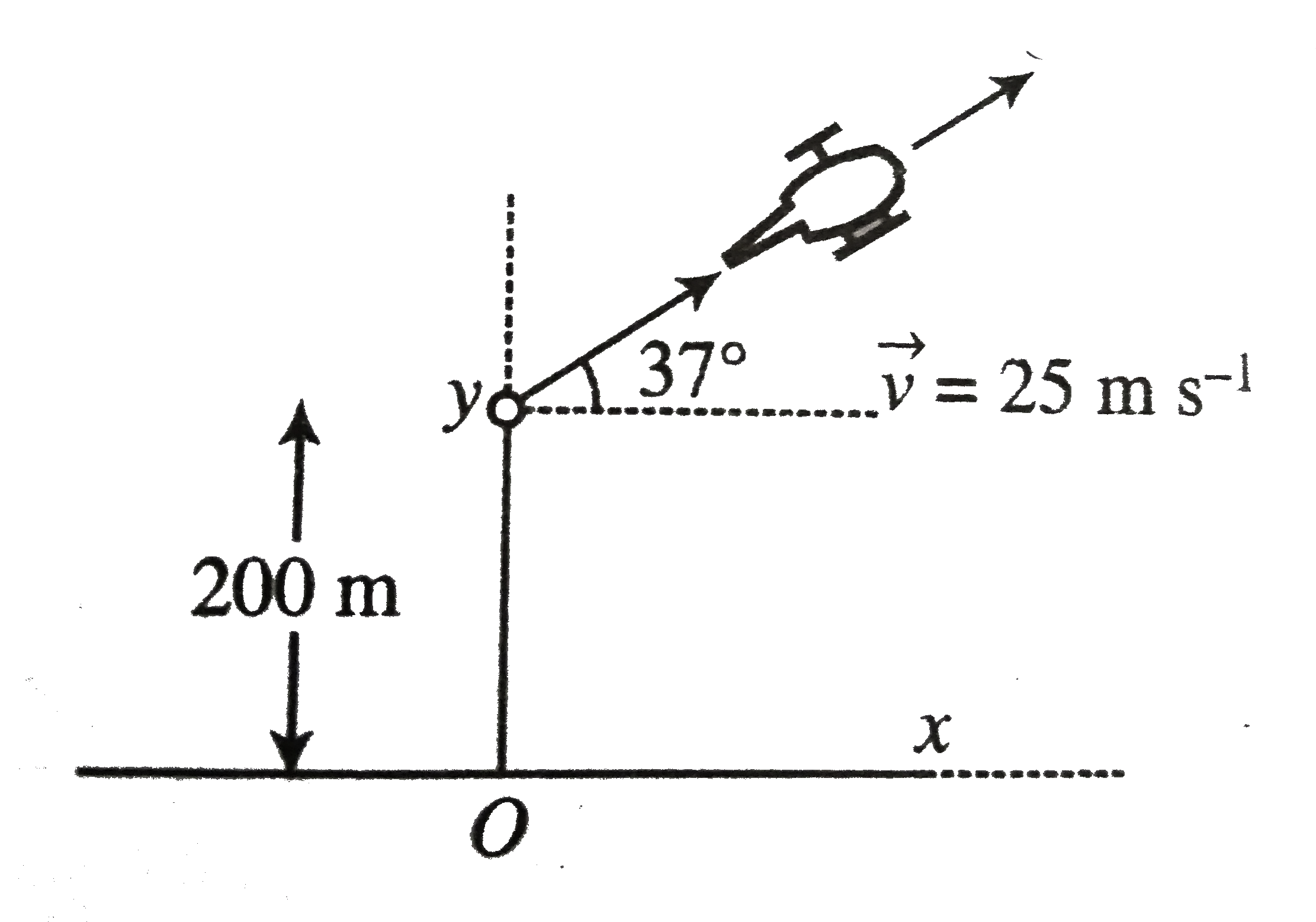Bat (flying fox) can fly at night because
it has strong sense of sight
it has strong sense of smell
it can hear high velocity sound waves
it can produce high velocity sound waves and perceive them.
The correct Answer is:D
To answer the question of why bats (specifically flying foxes) can fly at night, we can break down the reasoning into a few clear steps:
1. Understanding Nocturnal Behavior:
- Bats, including flying foxes, are classified as nocturnal animals. This means they are active during the night and rest during the day.
2. Need for Navigation in Darkness:
- Since flying foxes are active at night when visibility is low, they require an effective method to navigate and find food in the dark.
3. Echolocation Mechanism:
- Bats utilize a biological sonar system known as echolocation. This involves producing high-frequency sound waves that bounce off objects in their environment.
4. Sound Wave Production and Perception:
- When bats emit these high-frequency sound waves, they listen for the echoes that return after hitting an object. By interpreting these echoes, bats can determine the distance, size, and shape of obstacles and prey.
5. Conclusion:
- Therefore, the ability of flying foxes to produce high-frequency sound waves and perceive the returning echoes allows them to fly and forage effectively at night. This makes option D, "it can produce high velocity sound waves and perceive them," the correct answer.
Final Answer:
Bats (flying foxes) can fly at night because they can produce high velocity sound waves and perceive them (Option D).
---
- Bats, including flying foxes, are classified as nocturnal animals. This means they are active during the night and rest during the day.
- Since flying foxes are active at night when visibility is low, they require an effective method to navigate and find food in the dark.
- Bats utilize a biological sonar system known as echolocation. This involves producing high-frequency sound waves that bounce off objects in their environment.
- When bats emit these high-frequency sound waves, they listen for the echoes that return after hitting an object. By interpreting these echoes, bats can determine the distance, size, and shape of obstacles and prey.
- Therefore, the ability of flying foxes to produce high-frequency sound waves and perceive the returning echoes allows them to fly and forage effectively at night. This makes option D, "it can produce high velocity sound waves and perceive them," the correct answer.
Bats (flying foxes) can fly at night because they can produce high velocity sound waves and perceive them (Option D).
Topper's Solved these Questions
Similar Questions
flying frog is
View SolutionFlying fish is
View SolutionFlying animal is
View SolutionHouse sparrow can fly for short distances only because of the absence of
View SolutionIf the helicopter is flying at constant velocity then where will it be when the packet strikes the ground.
View SolutionA helicopter is flying at 200m and flying at 25ms−1 at an angle 37∘ above the horizontal when a package is dropped from it.

The distance of the point O where the package lands is
View SolutionPteropus (flying fox ),belongs to the order
View SolutionWhich of the following animals is not viviparous?
(a) Whale
(b) Flying fox (Bat )
(c) Elephant
(d) Platypus
View SolutionWhich of the following can fly backwards
View SolutionFastest insect , Cephenemyia grandis , can fly at a speed of
View Solution
